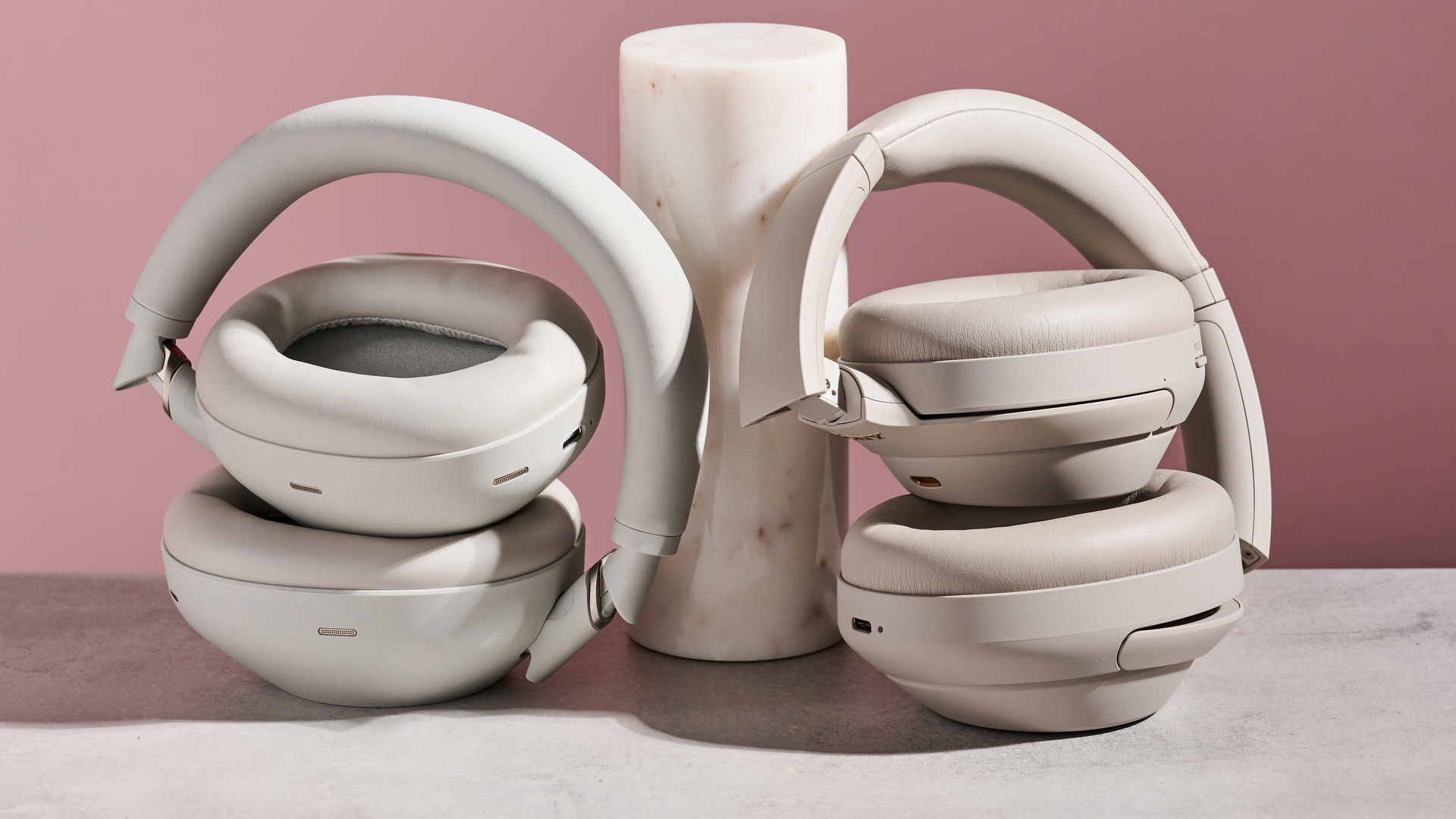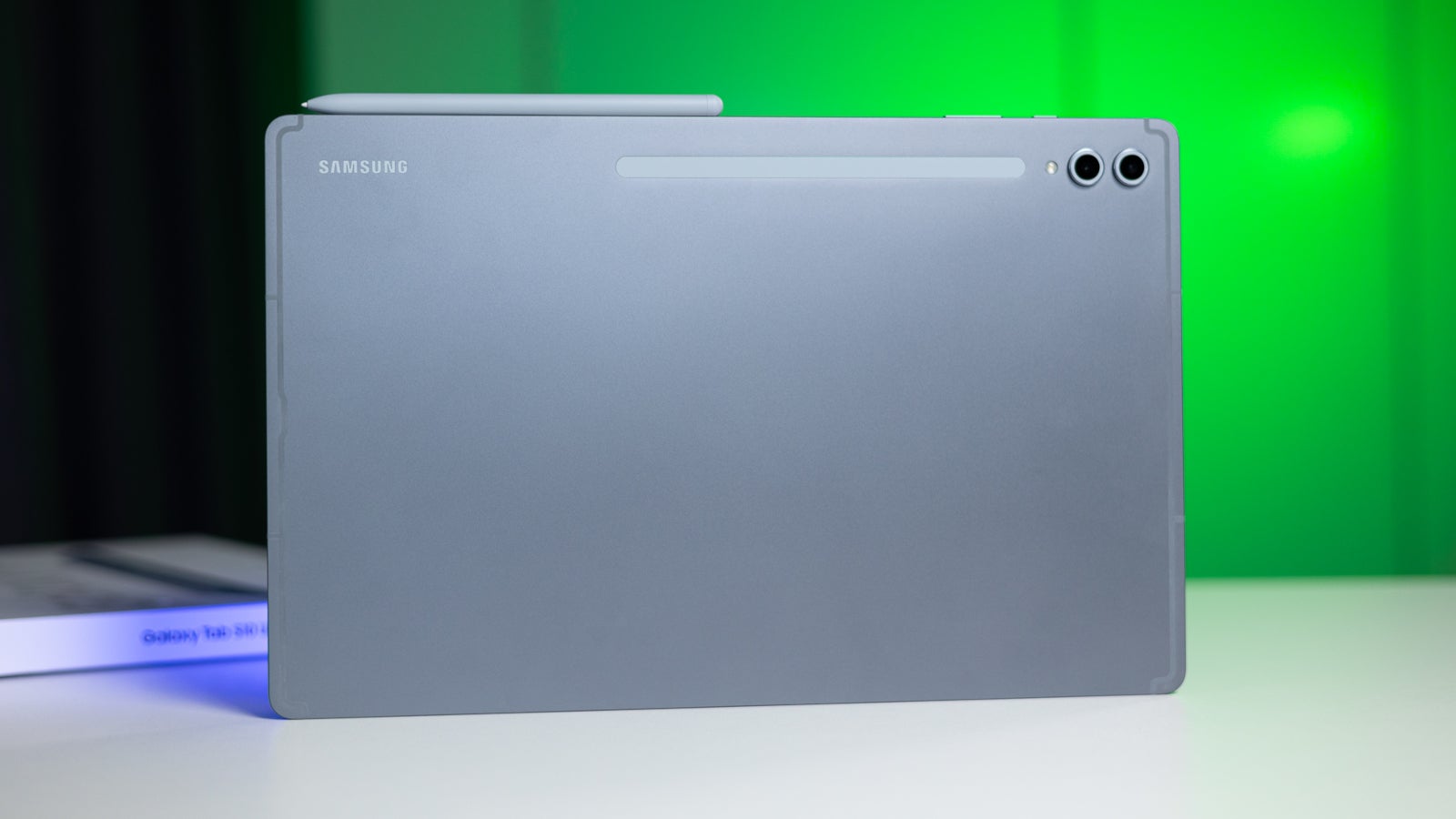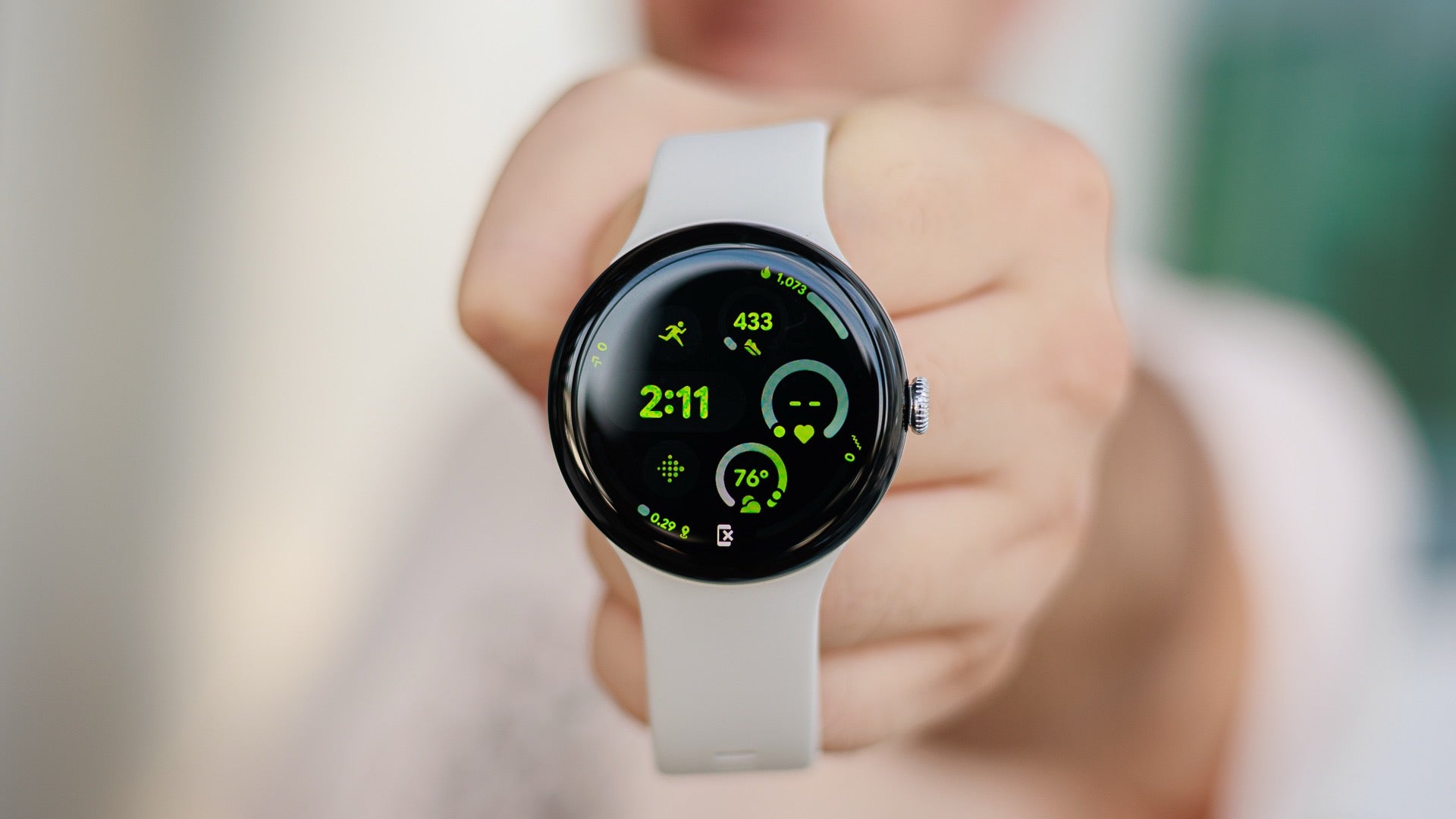Surat’s Indo Era is bringing affordable ethnic wear to India’s Tier II and III cities
Starting with 120 SKUS in 2018, Surat-based Indo Era now offers over 4,800 Indian ethnic wear items at an affordable price—without compromising on design, fabric, or fit.


Indian ethnic wear has a new identity today; it is no longer restricted to traditional salwar kurtas or sarees and patterns or designs. Today, ethnic wear is traditional but with a twist of modernism, minimalism, and on many occasions, loud—one that resonates with Gen Z and Millennial sense of styling.
Remember the “style your dupatta three ways for a lehenga” videos?
While fashion always influenced the masses, it’s nothing of the sort in the age of social media. From big fat Indian weddings, especially those involving A-list celebrities, and seasonal festivities to fashion influencers’ ‘mix and match’ philosophies and wearing “Indian”—fashion today has helped many young people to find their style, rooted in tradition but still has a modern touch to it.
With rising aspirations and growing disposable incomes, the demand for affordable yet elegant ethnic wear has reached new heights. According to Market Research Future, the Indian ethnic wear market is projected to grow at 3.7% CAGR, from $96.60 billion in 2025 to $133.75 billion by 2034.
Cashing in on this is Indo Era, headquartered in one of India’s major textile hubs, Surat. “There was no shortage of demand. But there was a clear absence of brands that could offer daily-wear ethnic fashion without compromising on design, fabric, or fit,” Co-founder and CEO Shristi Tanwani tells YourStory.
Founded in 2018 by Tanwani, Deepak Sheta (CFO), and Ambrish Miyani (COO), Indo Era started with 120 SKUs (stock-keeping units) of women’s ethnic and Indo-western wear, which has expanded to over 4,800 SKUs.
With more than 3,500 active listings available in six standard sizes, Indo Era’s offerings include kurtis, Anarkalis, sarees, lehengas, dupattas, palazzos, co-ord sets, and fusion wear, priced between Rs 599 and Rs 4,000.
Designing with context
Unlike brands that begin with metro-centric strategies, Indo Era chose to anchor itself in Tier II and III towns.
“There is immense fashion awareness in smaller towns. It might not be articulated with the same vocabulary as metro consumers, but their preferences are informed, intentional, and deeply rooted in personal expression. They care just as much about drape, fit, and fabric longevity,” Tanwani explains.
Indo Era sources its raw materials from textile clusters such as Jaipur and Kolkata, as well as from Surat, where third-party manufacturing units produce its clothing items, with no compromise on quality.
“Whether it’s a Rs 500 kurta or a Rs 2,000 lehenga, each piece goes through rigorous checks for shrinkage, stitch integrity, lining, and overall finish. It’s this consistency that helps us build trust across customer segments,” she says, adding that one of Indo Era’s kurtis sold over 10 lakh units, becoming a repeat best-seller.
Women comprise nearly 75% of the 200 individuals Indo Era employs, who work in design, merchandising, and leadership roles. Another 80 artisans are involved in various aspects of production.
“When women lead design, there’s a deeper empathy for the nuances of clothing. They consider what sleeve lengths work for a 9 to 5 job, what fabrics breathe best in Indian summers, and what silhouettes offer both style and ease,” the co-founder says.
She adds that women who started at Rs 8,000 per month now lead teams and earn six times more. “We invest in our people because we believe their growth is linked with the brand’s evolution.”
A hybrid distribution strategy
Focusing on Tier II and III customers, the bootstrapped brand leveraged a multi-channel approach, where it is available on ecommerce platforms, including Myntra, Amazon, Flipkart, Lifestyle, and Shoppers Stop, to build visibility.
Over the past year, the brand has served more than 60,000 customers online. Despite selling on its website, Indo Era sees 100% of its business coming from ecommerce.
At present, Indo Era processes over 10,000 shipments daily. It refreshes its catalogue every two weeks to stay relevant, using real-time data on returns and sales to adjust manufacturing and avoid overstocking.
In 2024, the brand launched five offline outlets via shop-in-shop (SIS) formats across Gujarat, which generated a combined revenue of Rs 4 crore within the first six to eight months.
“Offline stores are crucial for a tactile category like ethnic wear. They help first-time buyers touch and feel the fabric, which significantly improves conversion and repeat rates,” Tanwani says. The brand plans to expand to cities like Malda and deepen its offline presence in semi-urban clusters.
With players like Biba and W dominating the ethnic wear space, Indo Era differentiates through agility, customer intimacy, and data-led decision-making. “In a tactile category, trust is everything. Our customers may not be able to touch the fabric before purchase, but if we get fit, quality, and service right the first time, we earn that trust, and that’s how we win,” Tanwani says.
Entrepreneurial roots
For Tanwani, entrepreneurship was the continuation of a mindset nurtured from childhood. “Coming from a middle-class family, where both my parents ran small businesses, the idea of building something of my own was almost second nature. Entrepreneurship wasn’t romanticised; it was practical, it was every day,” she reflects.
With an MBA in fashion management, she had various roles at the now-defunct abof.com and Myntra, which helped her understand the retail value chain—from merchandising and supply chains to customer experience and data analytics.
“These roles gave me a 360-degree view of how fashion retail operates from backend inventory flows to frontend customer experience. I realised I wanted to build something that didn’t just respond to demand, but helped shape it, especially for the modern Indian woman navigating tradition and modernity,” the 29-year-old entrepreneur says.
Fast forward to FY25, Indo Era has crossed Rs 500 crore in gross revenue and reported about 65% YoY growth. The brand only has bigger plans.
By 2027, it aims to scale through exclusive brand outlets in over 100 Indian cities, integrate with quick commerce platforms for faster deliveries, and diversify into adjacent lifestyle categories such as home décor and accessories.
Indo Era also plans to expand globally, starting with Dubai, to serve the Indian diaspora. To further these plans, it is also looking to raise funds that will help improve its warehousing, technology, and team expansion.
“Our vision is to create a brand that every Indian woman, regardless of geography or income, can relate to. We’re not just designing garments—we’re building confidence, comfort, and everyday elegance,” she concludes.
Edited by Suman Singh




























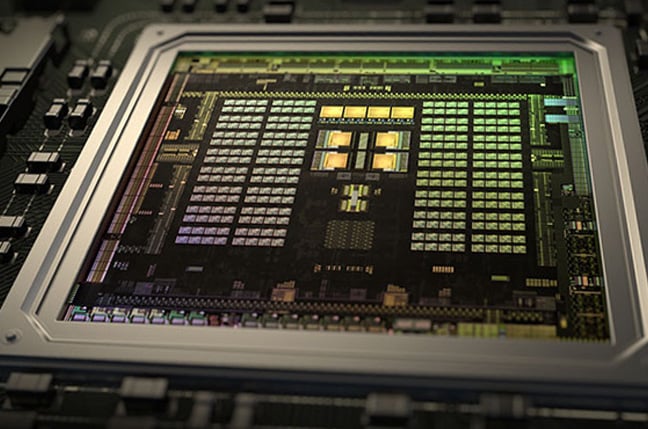





































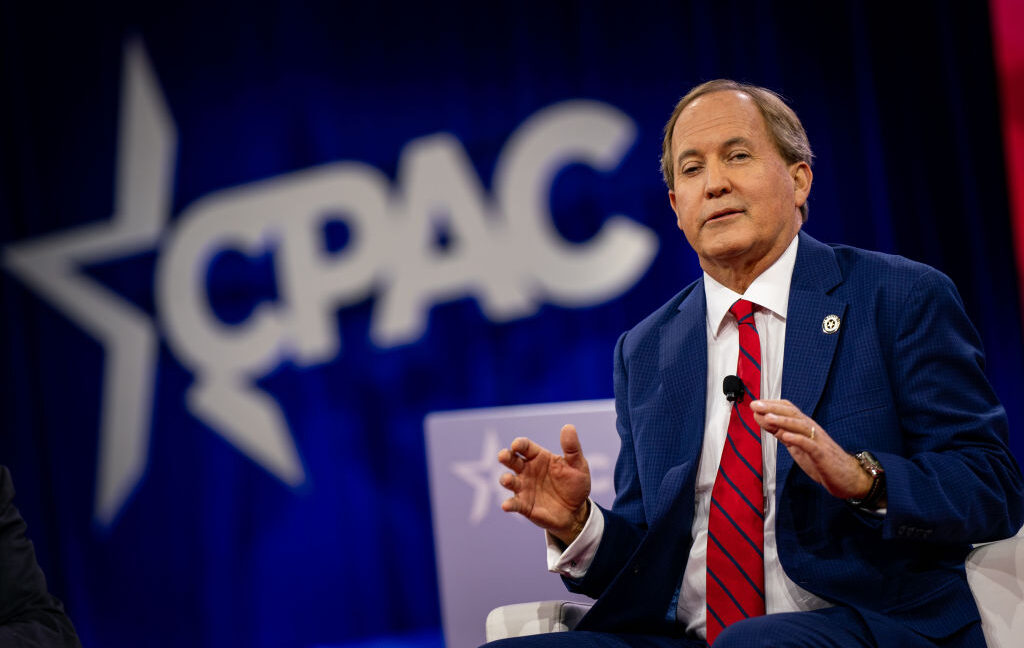










































































































![[The AI Show Episode 150]: AI Answers: AI Roadmaps, Which Tools to Use, Making the Case for AI, Training, and Building GPTs](https://www.marketingaiinstitute.com/hubfs/ep%20150%20cover.png)
![[The AI Show Episode 149]: Google I/O, Claude 4, White Collar Jobs Automated in 5 Years, Jony Ive Joins OpenAI, and AI’s Impact on the Environment](https://www.marketingaiinstitute.com/hubfs/ep%20149%20cover.png)













































































































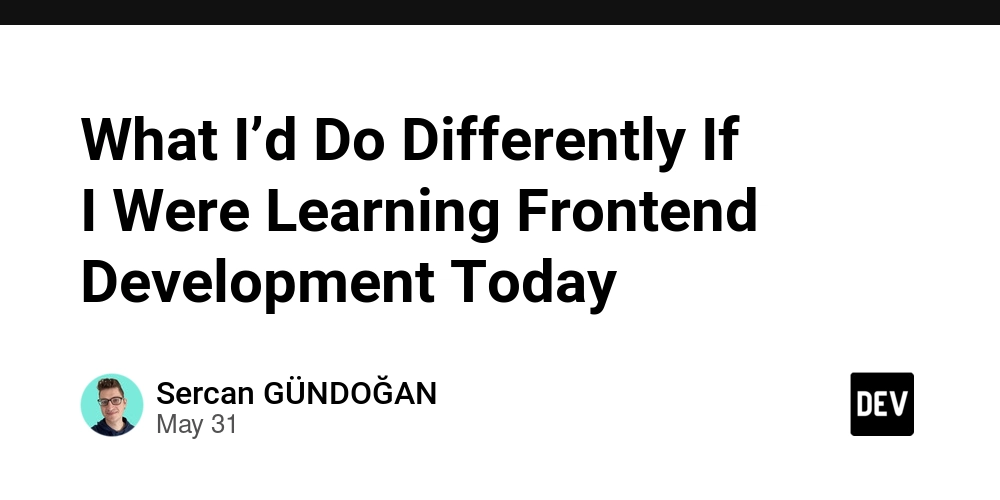
![[Side Project] Maroik: Modern ASP.NET Core 9.0 CMS with Full-Stack Features](https://media2.dev.to/dynamic/image/width%3D1000,height%3D500,fit%3Dcover,gravity%3Dauto,format%3Dauto/https:%2F%2Fdev-to-uploads.s3.amazonaws.com%2Fuploads%2Farticles%2F53cfnrge1bqwc7vxdicj.png)
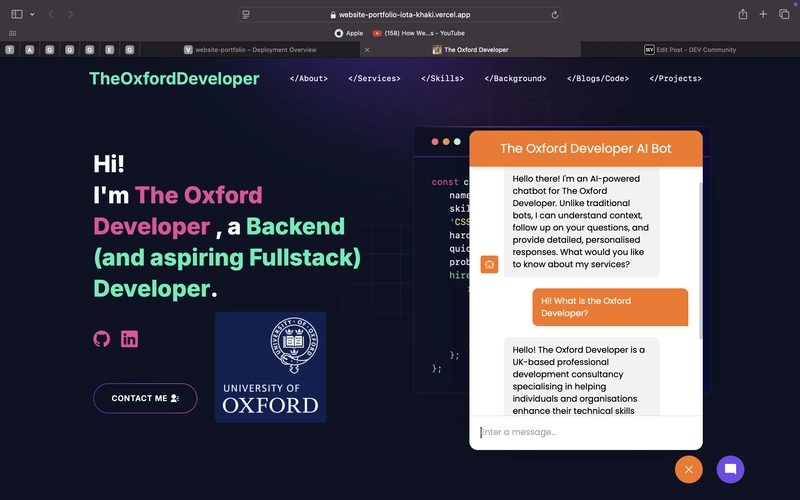











![[FREE EBOOKS] Solutions Architect’s Handbook, The Embedded Linux Security Handbook & Four More Best Selling Titles](https://www.javacodegeeks.com/wp-content/uploads/2012/12/jcg-logo.jpg)




![How to Survive in Tech When Everything's Changing w/ 21-year Veteran Dev Joe Attardi [Podcast #174]](https://cdn.hashnode.com/res/hashnode/image/upload/v1748483423794/0848ad8d-1381-474f-94ea-a196ad4723a4.png?#)

























































































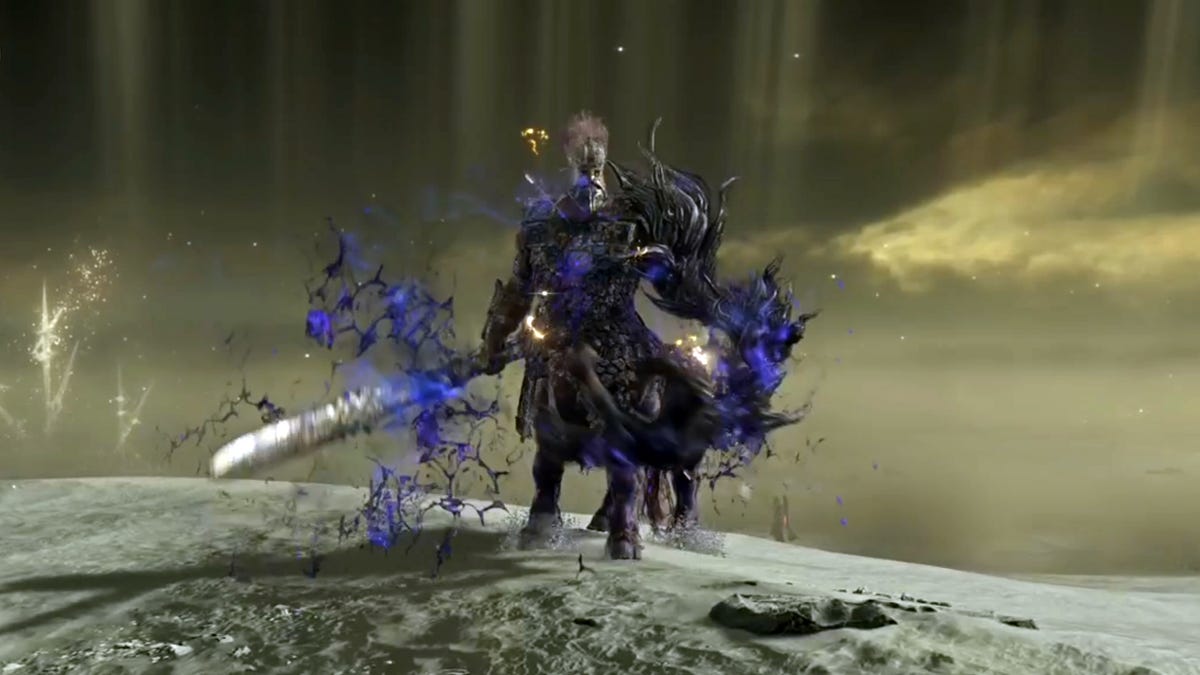













































_ArtemisDiana_Alamy.jpg?width=1280&auto=webp&quality=80&disable=upscale#)



.webp?#)

































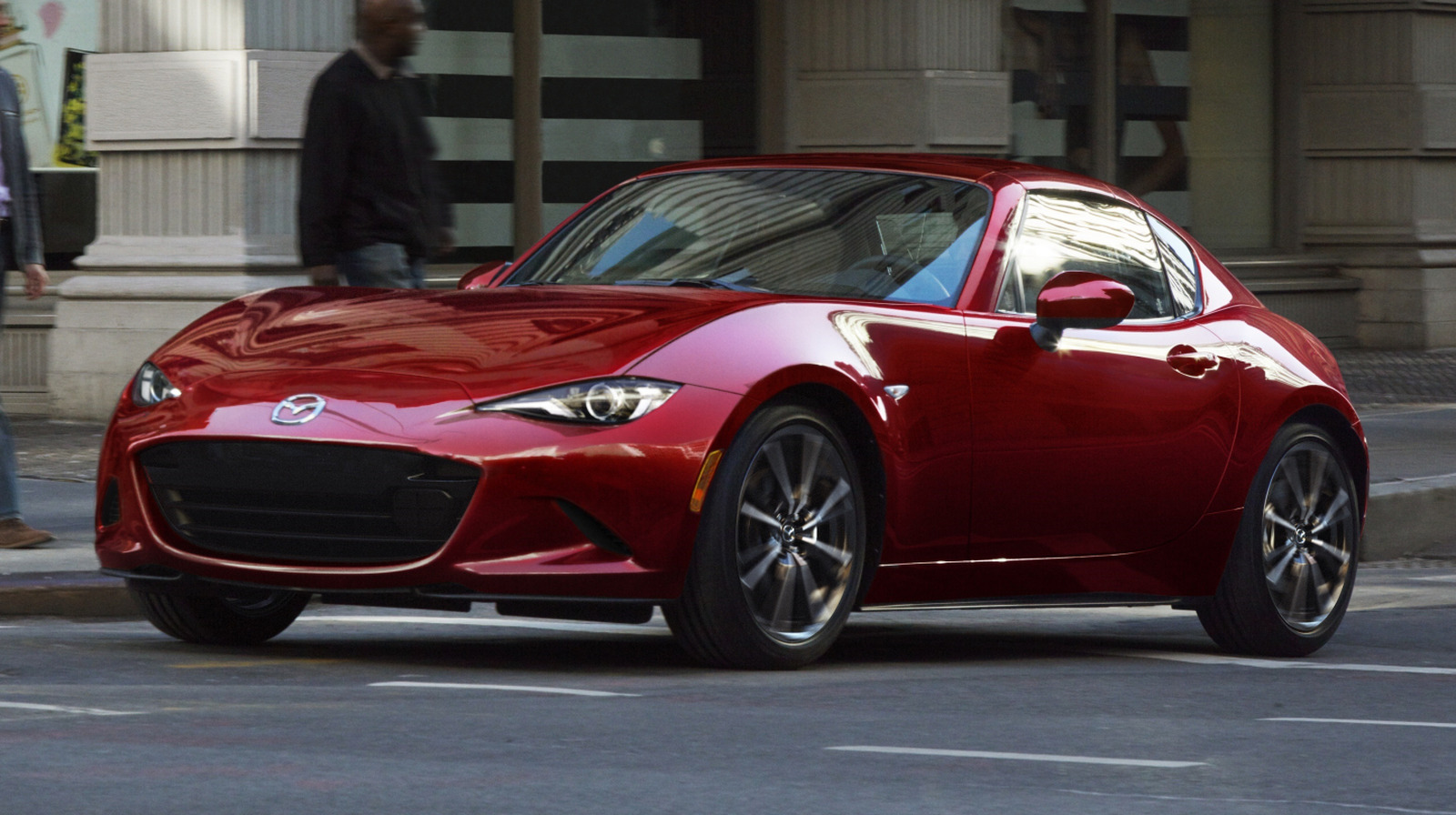


































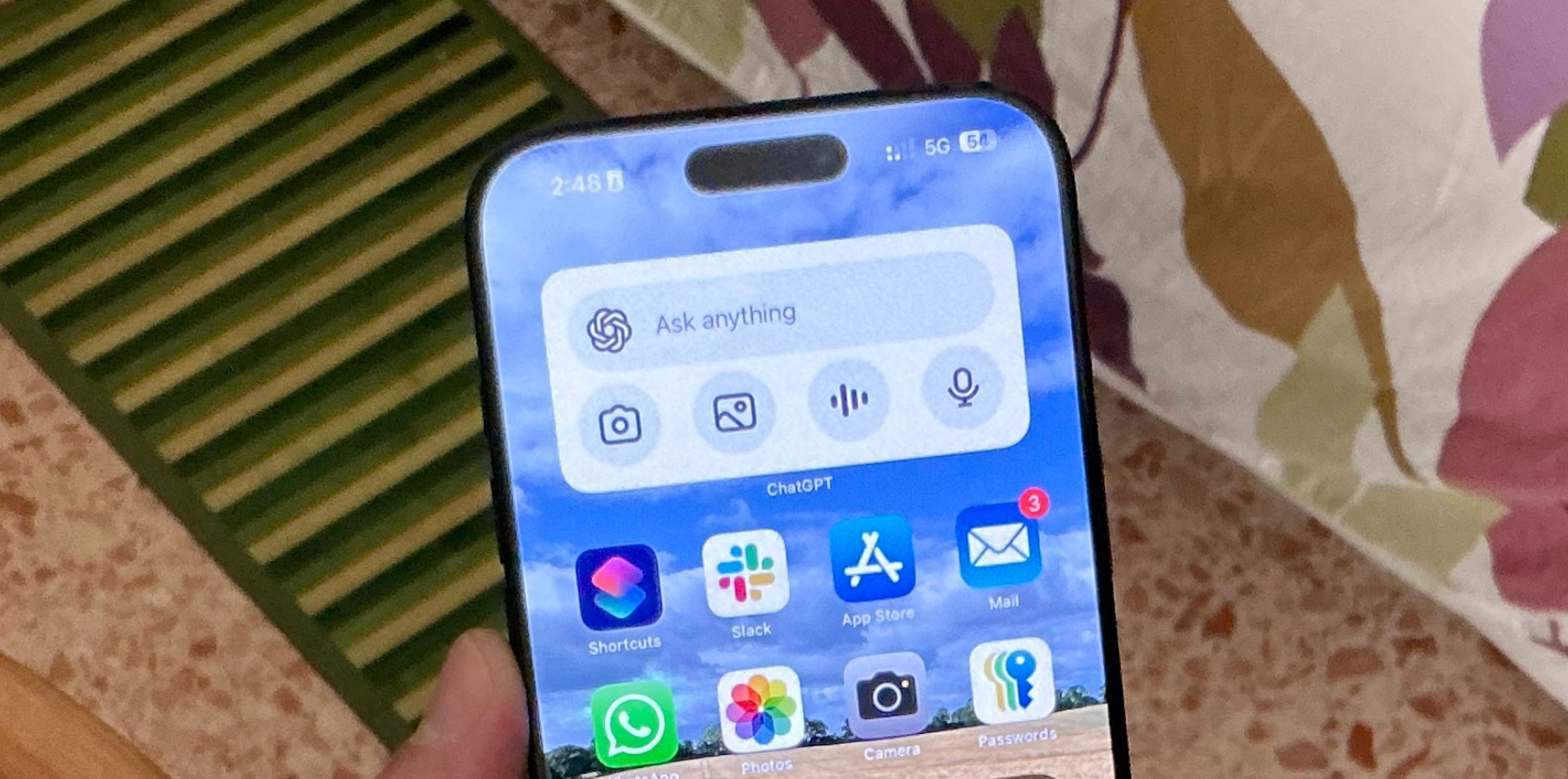










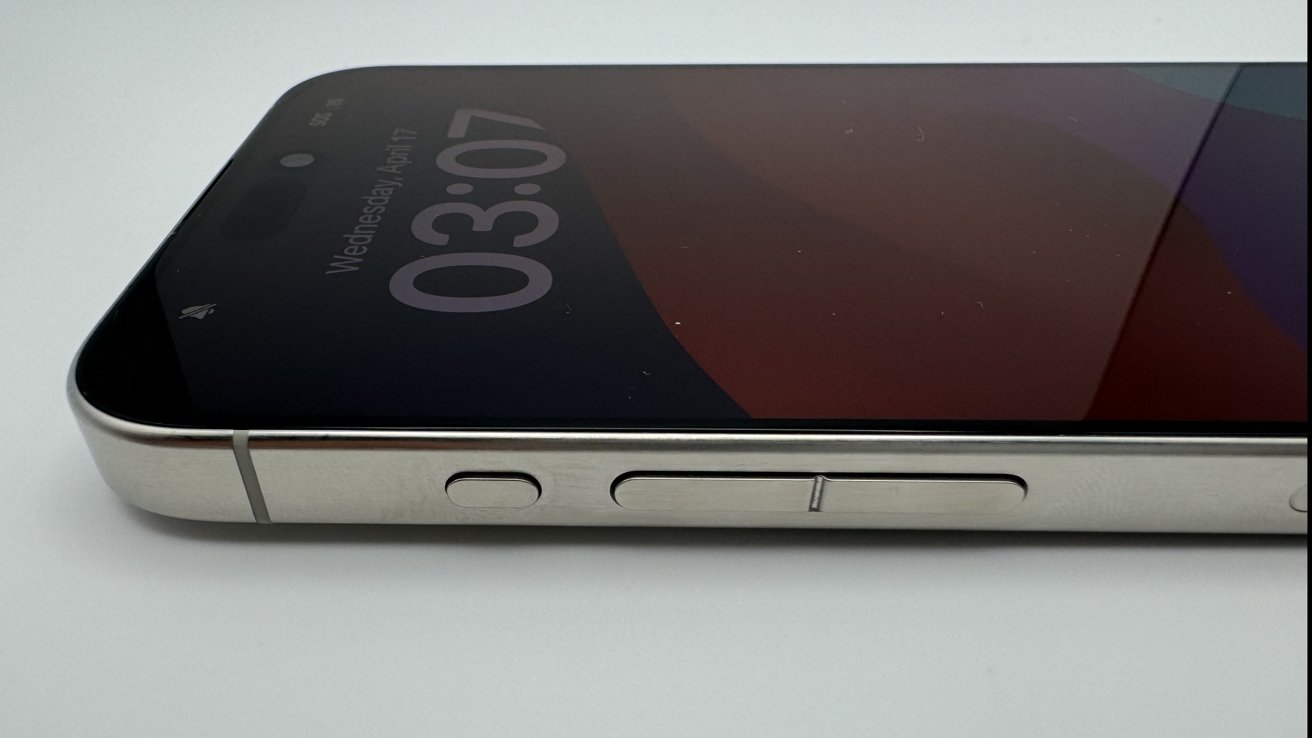
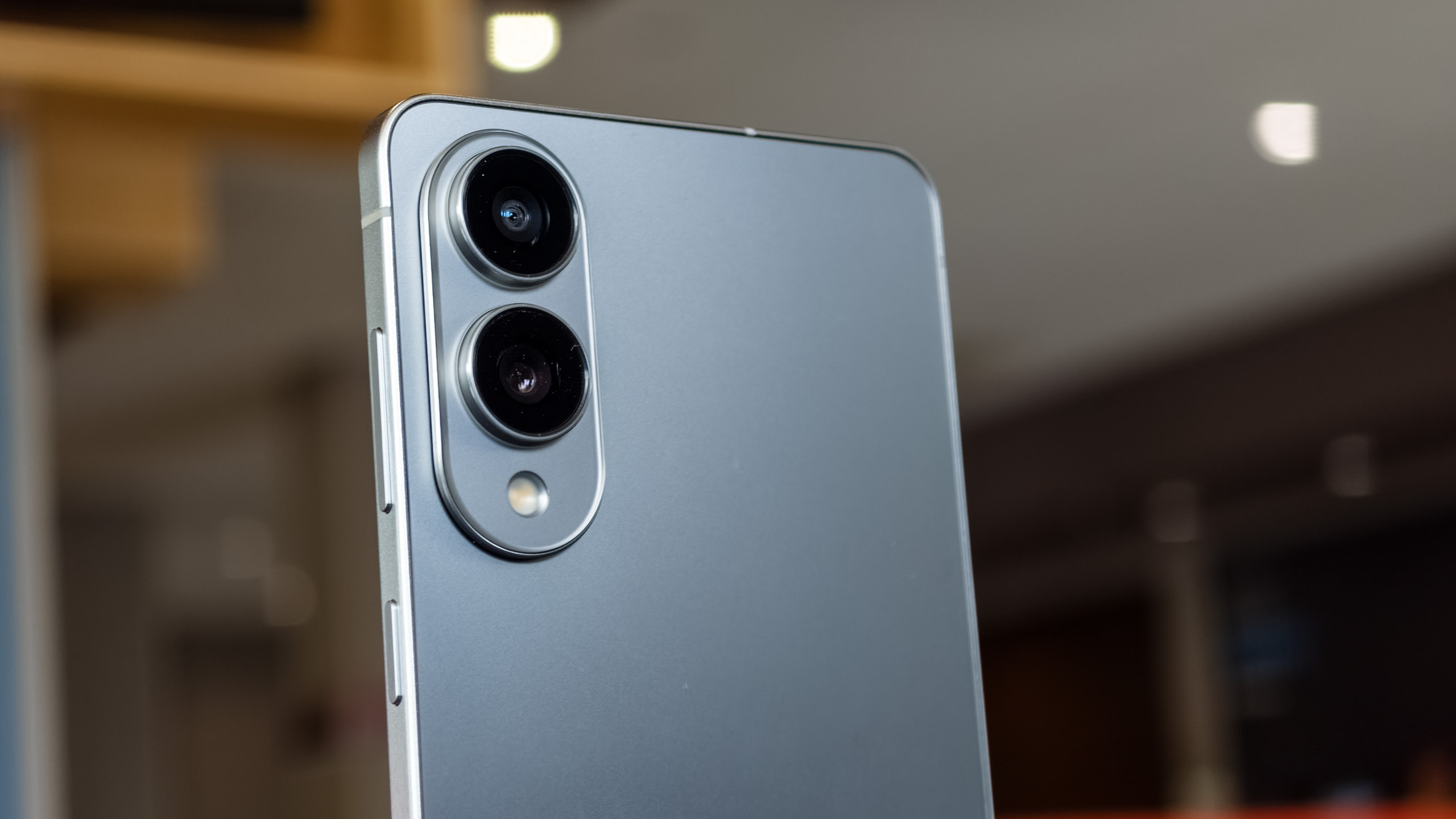
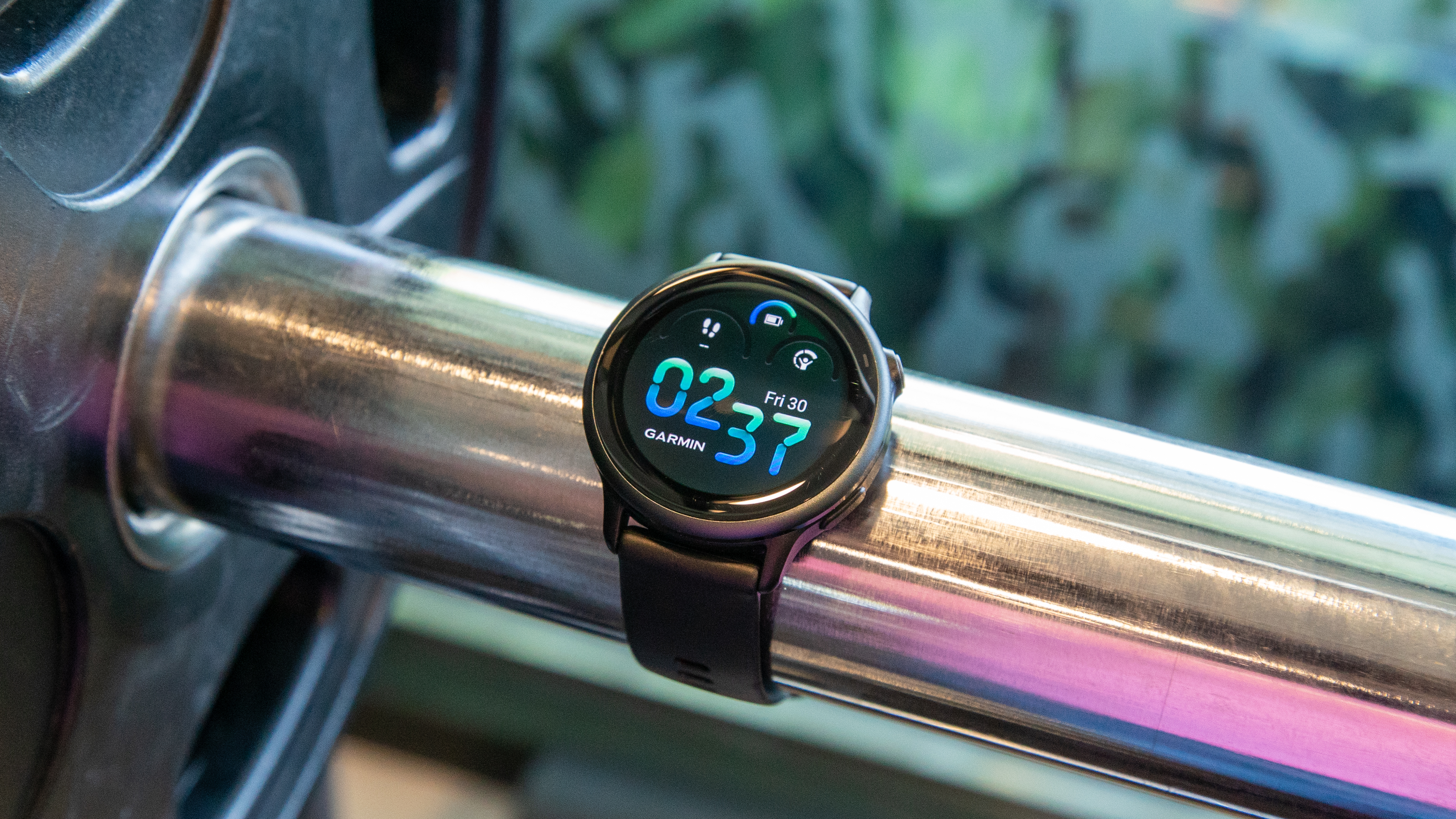



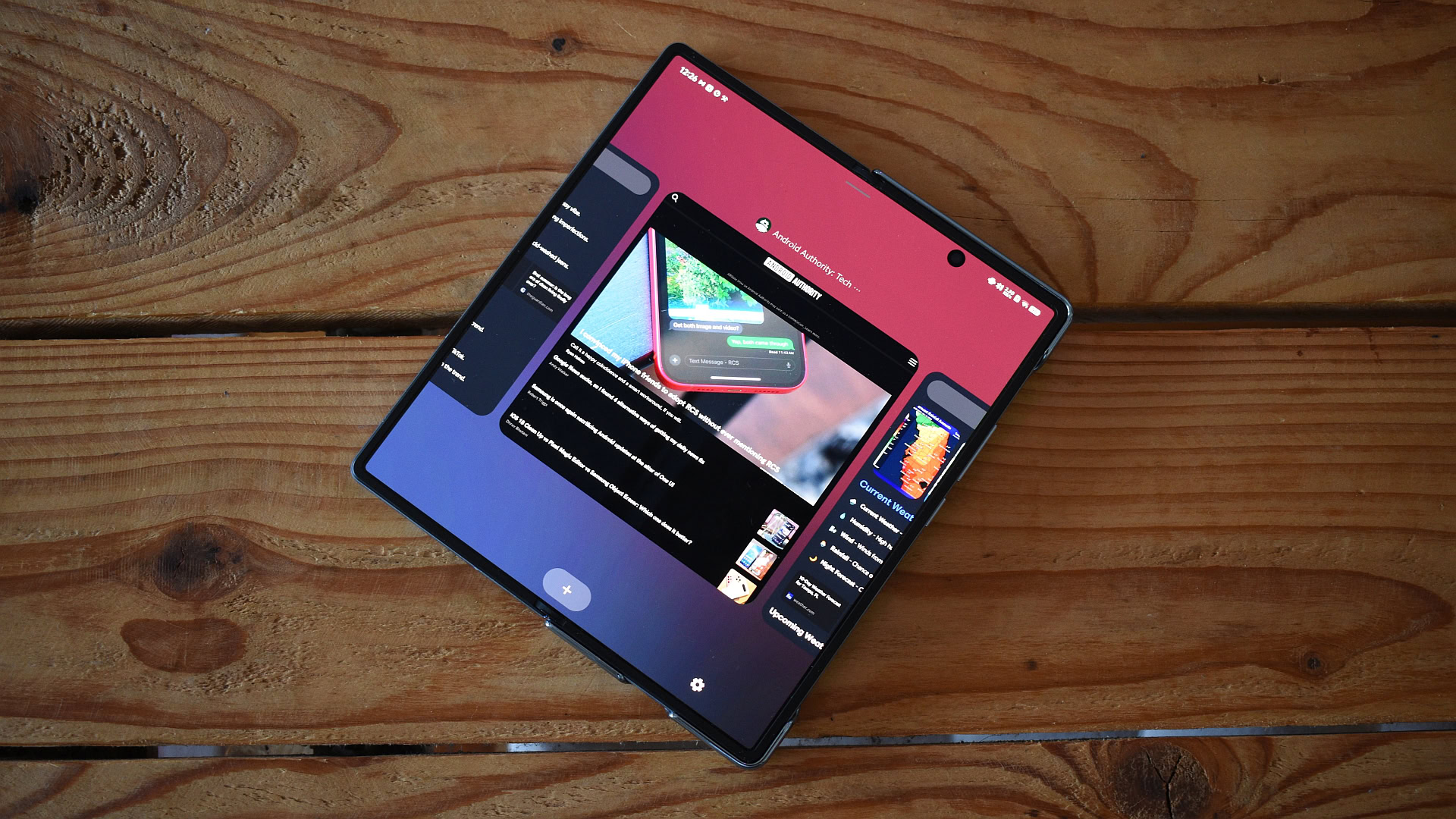





















![Apple 15-inch M4 MacBook Air On Sale for $1023.86 [Lowest Price Ever]](https://www.iclarified.com/images/news/97468/97468/97468-640.jpg)


















